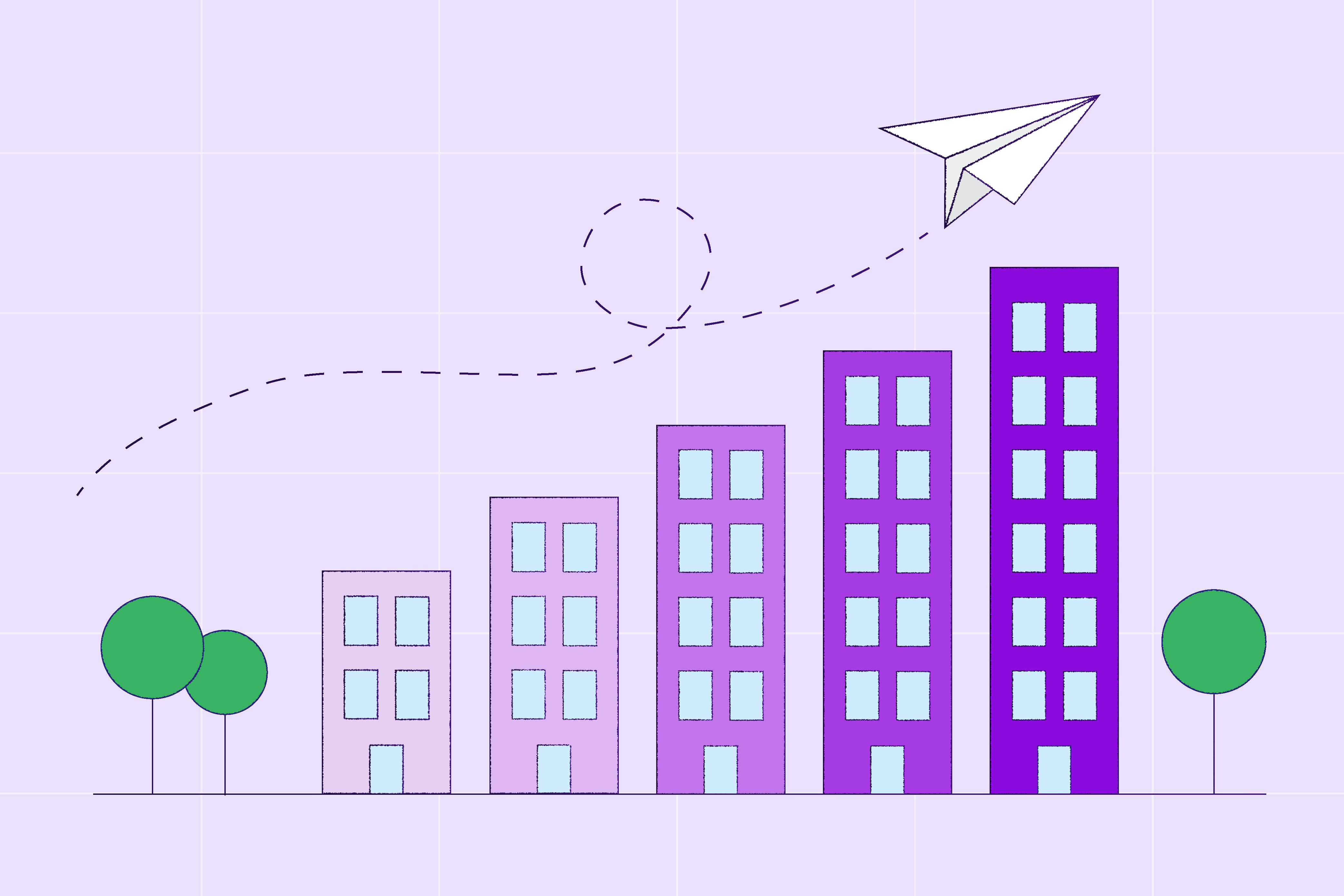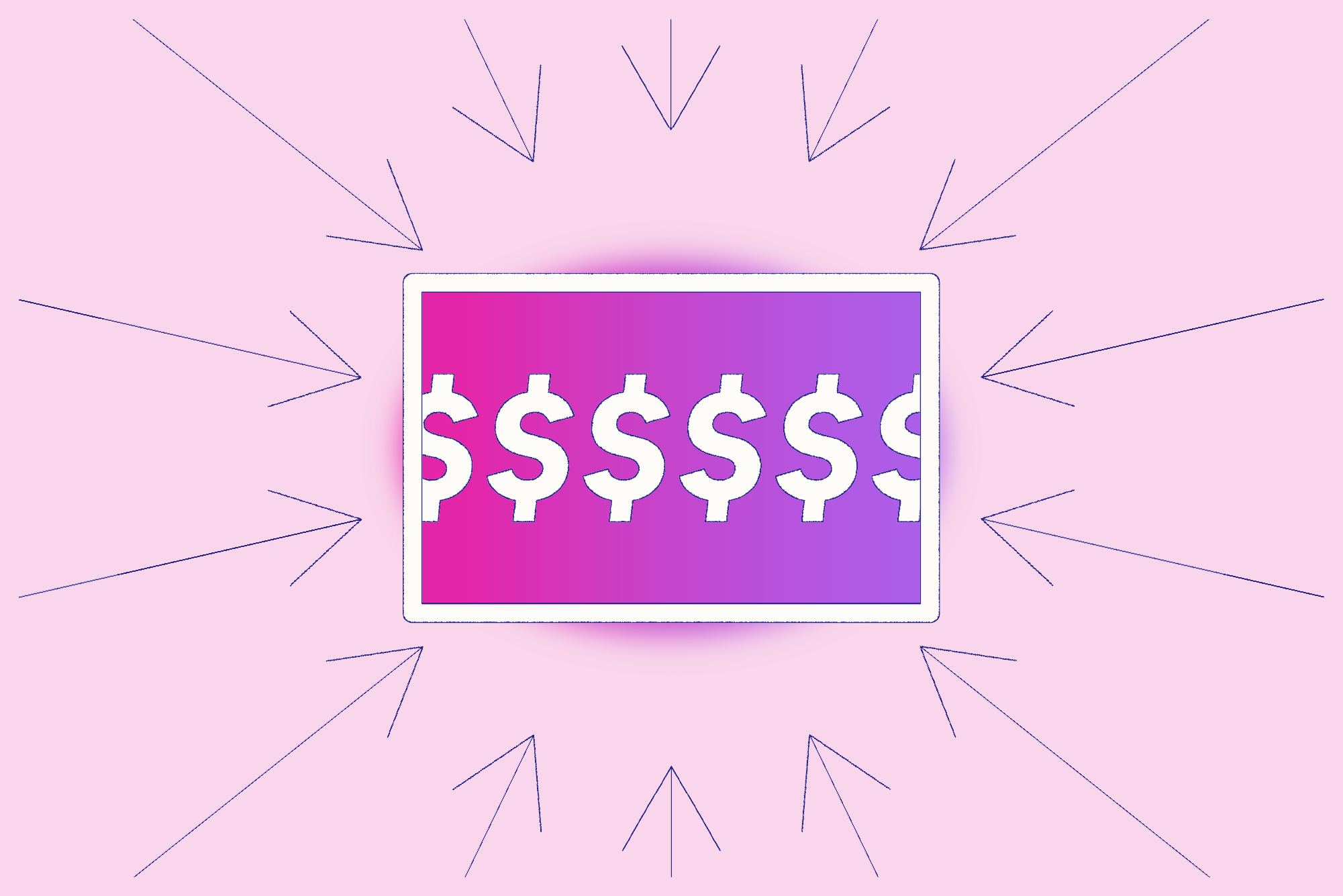Procurement, purchasing, and sourcing: How they differ
Procurement, purchasing, and sourcing are often used interchangeably. Yet these three common industry terms actually are very different things. While they’re all important to the procurement function, they each serve different purposes and require different strategies, processes, and resources within the organization. If you want to add value to your organization while optimizing your supply chain and finding cost savings, you’ll need to recognize these differences and treat each process accordingly. This quick procurement process guide shows you how sourcing and purchasing helps your organization.
What is procurement?
At its broadest, procurement is the overall process of obtaining goods and services for your organization. It incorporates all the tasks involved in the search for—and purchase of—the materials and resources a company requires to do its business.
Procurement includes:
- Working out the company’s needs
- Finding the right suppliers
- Soliciting those suppliers
- Obtaining things at an optimum price
- Paying for goods and services
- Monitoring the overall process—including monitoring the organization’s spend and trying to find cost savings and value

The harsh lessons of 2020’s global coronavirus pandemic proved procurement to be a critical part of an organization’s success—or even its very survival. If a company can’t find the materials it needs to make its products, serve its customers, or simply to conduct its day-to-day operations, it will not be able to do business. When pandemic lockdowns and supply chain disruptions wreaked havoc across the globe, procurement professionals rose to the occasion.
The procurement function adds value to a company by doing more than just finding materials. It upholds the integrity of the supply chain and keeps overall costs down. Leading this important function is the Chief Procurement Officer, who maintains standards, monitors processes, and innovates in order to make procurement better. Procurement keeps the supply chain running.
The ABCs of procurement involve an abundance of tasks, from managing the supply chain to finding cost savings. From writing requests for proposals (RFPs), to monitoring tail spend (small and incidental items like pens and paper clips), which can add up to a lot of money.
The way organizations engage with their suppliers and monitor their procurement can take different forms; here are a few examples.
Procure-to-pay (P2P) is when companies integrate their procurement systems with their accounts payable function to link every step from procurement to payment. P2P gives control and transparency over the entire lifecycle of procurement, from supply management, requisition and purchase orders, all the way to receiving goods, reconciling invoices, and making payments.
Source-to-pay (S2P) goes one step further. It includes the process of finding suppliers, vetting items, negotiating terms, and contracting partners. People generally agree that S2P is a more strategic approach to procurement, because it gives companies even greater transparency across the whole supply chain and helps them make better business decisions.
Procurement is an important business function that identifies the needs of internal clients, determines how to communicate them to suppliers, and sets the policies for vetting and evaluating items procured.
People often conflate procurement with purchasing and sourcing. But purchasing and sourcing are two stages of the overall procurement process. And they require their own unique strategies and cost-saving approaches.
Sourcing vs. procurement
When you think of sourcing vs procurement, you’re thinking about a subtask (sourcing) of the other (procurement). Sourcing activities are those at the very beginning of the procurement lifecycle. They involve everything up until the actual purchase of a good or service. But there is more to sourcing than just picking out an item in a catalog or store.
To source effectively, procurement teams need to understand their organization’s needs. Often, procurement professionals will spend a lot of time working with other stakeholders in the company to understand what it is they need to buy (and why). This is especially true for big or complex purchases. As part of working out their organization’s requirements, procurement professionals will identify criteria like budget, lead-times, and order quantities for items to be purchased. Sourcing—and procurement in general—involves a balancing act. Quality, quantity, price, and timeliness are the four main criteria necessary to consider. A lot of research usually goes into sourcing activities so the procurement team can achieve this balance. Sourcing becomes a value-add to an organization when it efficiently and cost-effectively finds exactly the items the company needs from suppliers that prove to be reliable over the long term.
Sourcing and procurement both require attention to detail and robust processes. Once the procurement team understands what it needs to find for the organization, sourcing often involves formulating RFPs and sending them out to potential suppliers. Sourcing then demands vetting those suppliers and evaluating quotes. Procurement teams need robust ways to identify dependable, affordable, and high standard suppliers as well as methods for evaluating these quotes in a systematic and comparable way. Taking the time up front to develop strategic sourcing processes becomes invaluable for procurement down the line.
Forward-thinking procurement teams establish sourcing strategies that help them mitigate risks to the supply chain. They try to automate as much of the process as possible. They establish sustainable supply chain initiatives that consider their carbon footprint and utilize diverse suppliers. They improve their use of procurement data to better analyze supplier relationships—often agreeing to share data and information with suppliers. As much as possible, they try not to source only from one supplier, preferring to have a back-up vendor in case of supply chain disruption. When vetting a supplier, they don’t just ask about product and price, but also the supplier’s financial health, company structure, capacity and compliance with government rules and regulations.
After sourcing comes purchasing, which is the next step in the procurement process.
Procurement vs. purchasing
The difference between procurement and purchasing is that purchasing is the transactional stage in the procurement process. When you think of purchasing vs. procurement, you’re once more thinking of the subtask (purchasing) of the wider function (procurement). While sourcing is finding items, purchasing is buying them—and all the steps in which that entails, from raising a purchase order to acquiring the product and arranging payment.
Steps in the purchasing process include receiving purchase requisitions, evaluating quotes, raising and processing purchase orders, receiving goods and services, managing their storage or delivery to internal customers, and processing and organizing vendor payment.
Knowing the ins and outs of procurement—and its subtasks of purchasing and sourcing—helps you improve your supply chain integrity and better communicate with your procurement colleagues, vendors, and potential suppliers. For more procurement resources, check out our blog, The Source.





